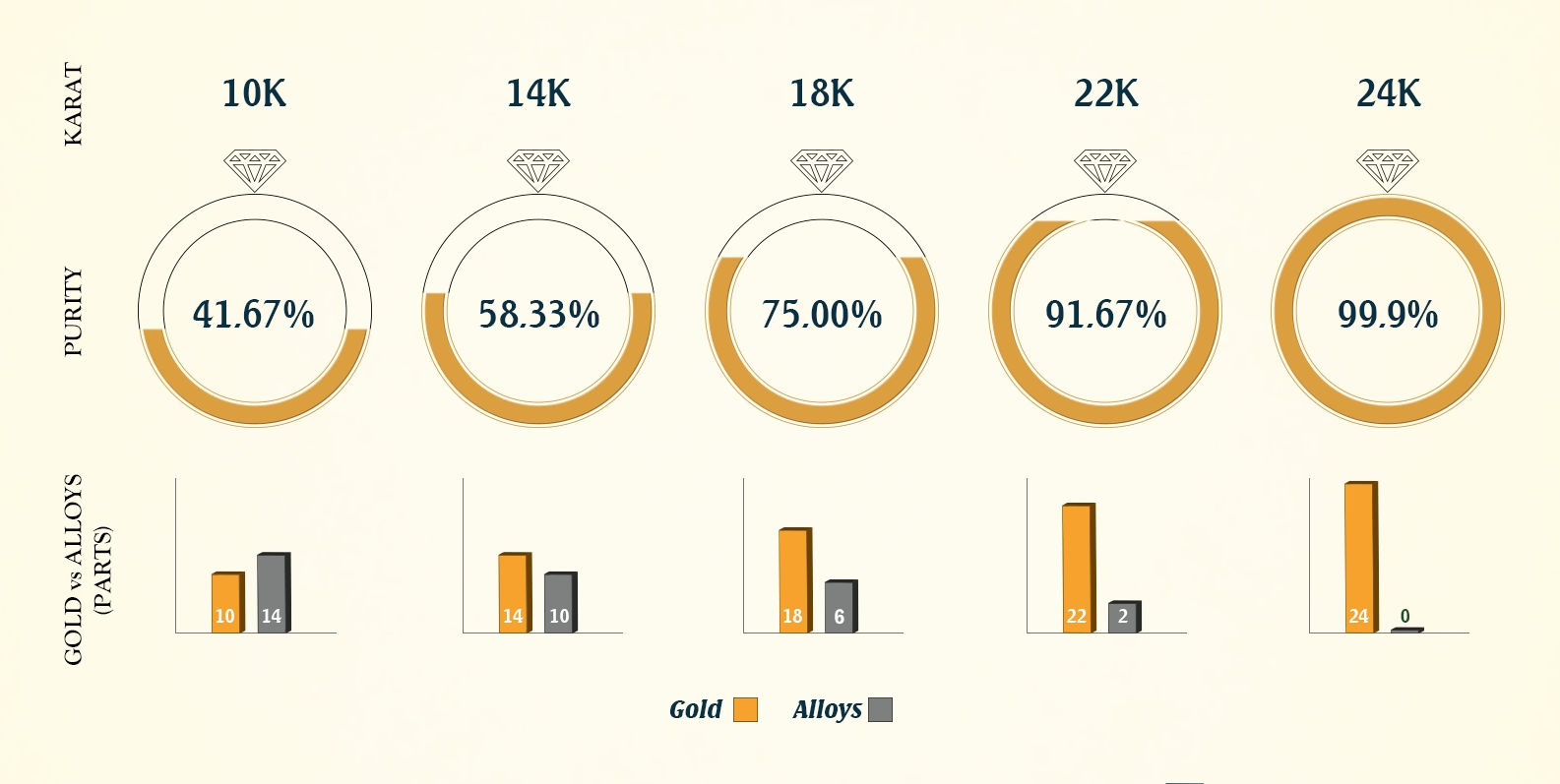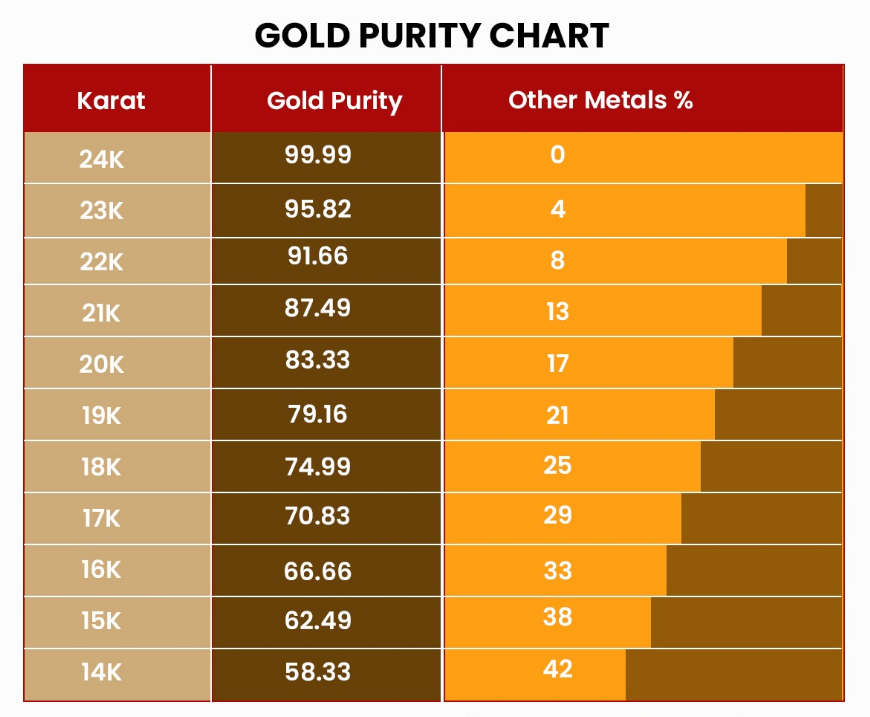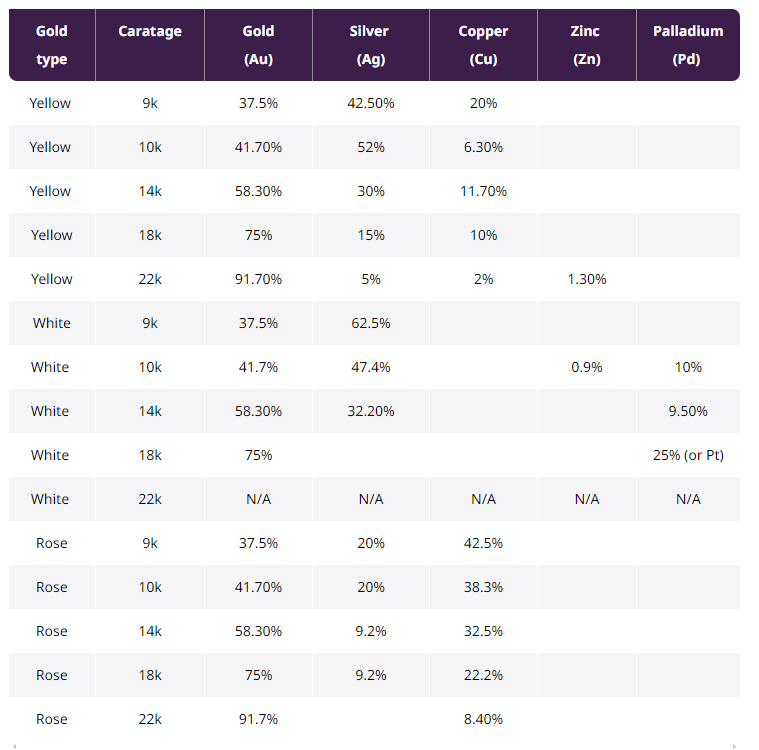


Chart Timeframes When looking at gold and silver price charts, the most important thing to keep in mind is what timeframe you are observing. Some common ranges are the 24 hour, 1 week, 1 month, 3 month, 6 month, 1 year, 5 year, and 10 year timeframes.
If you are looking at the trend of prices based on a 24 hour or 7 day chart, it is important to keep in mind that the movements you see are likely short term variance caused by one-off events, and may not be at all indicative of the longer term trend. For example, throughout 2012 the prices of gold and silver traded sideways, with both metals finishing in the same general range at which they started the year.
However, throughout the year there were several days and weeks where both metals swung several percentage points, so if you had seen the data chart for only that day or week, you may have a skewed long-term view of the general price trend. When analyzing metals price charts, we always recommend consulting both the shorter-term and longer-term price movements to get the best feel for the trend.
Technical Analysis Although most physical metal investors are investing for the long term, there are also plenty of investors who are analyzing gold and silver price charts to make much shorter term plays. This lot of investors uses various analysis tools, calculators, and simply feel to guess as to which way gold and silver prices may move over the next day or two, based on the past day or two’s movements. We never recommend this form of trading, as it is always nearly impossible to time the market, plus short-term, high frequency trading tends to eat up your investment with commissions as you buy and sell. Short-term traders should proceed with caution and make sure they are trading money they can afford to lose.
Dollar Cost Averaging In our opinion, the best way to invest in physical gold and silver is by making consistent investments at regular intervals over the long-term, otherwise known as dollar cost averaging. By making investments at regular intervals, regardless of where prices move, you ensure that you average in fair pricing as opposed to trying to take advantage of day-to-day swings.
History has taught us that it is nearly impossible to time the markets, so by dollar cost averaging your gold and silver prices you put yourself in great position to protect your investments in the long run.
Cryptocurrency Charts In addition to Bitcoin, we also offer pricing charts for the popular cryptocurrencies below.

Understanding Gold Purity: 24K, 22K, 18K, 14K, 10K, 9K etc.
The stamp on this piece of gold could indicate its intended use and how many, if any, other metals were added to it. Many of us at one point or another will sell gold we bought from a department store or jewelry store. If you’ve ever gone shopping for jewelry, you have probably heard the word “karat” applied to gold. The higher the karat, the more expensive it will be. But have you ever wondered why? The short answer is that higher karats mean more gold, but there is more to it than that.
What Are Karats?
Karats are the little numbers stamped on a piece of gold in the format of “xxK” or “xxKT.” The numbers refer to the type of gold and to the actual gold content in the particular piece of jewelry.
Here’s more information on karats:
A karat is a measurement of the ratio of gold to other metals or alloys. Karats are measured on a scale from 0 to 24. A higher karat number means the piece contains more gold and less other metal content. Other metals and alloys could include copper, nickel, silver, or palladium. 24-karat gold is the purest gold you can buy. Gold is malleable in its pure state, so other metals are added to strengthen it and in some cases to enhance color.
How to Use Karats to Measure Gold Purity
Here is how to use the number of karats to figure out how pure your gold is: If you purchase a ring that is 14K gold, since the highest amount of karats you can have is 24K, divide the 14 karats by the 24. You will get .583. This means that the gold is 58.3% pure in a perfect world. In reality, jewelry gold purity can vary 10 to 20% (usually toward the lower end).
Gold Purity Terminology
-Assay: A test which determines metal content and quality. -Bullion: Precious metals in bulk, uncoined form, such as gold bars, considered in mass rather than value. -Carat: Not to be confused with karat, a carat is a unit of measurement used for precious stones. -Ductile/Ductility: How susceptible a metal is to being deformed by using tensile force. Ex. Ductile materials can be stretched into thin wires without fracture.
-Hallmark: A symbol or mark stamped on a piece of precious metal which certifies its standard of purity. -Karat: Unit of measurement for the fineness of gold, with the higher numbers indicating higher gold content and 24K being the finest.
-Malleable/Malleability: How susceptible a metal is of being deformed by using compressive force. Ex. Malleable metals can be hammered or rolled into thin sheets. -Millesimal Fineness: A system used to show the purity of precious metals by parts per thousand rather than karats.
-Troy Ounce: 31.1034768 grams, or approximately 1.09714 standard “avoirdupois” ounces. Troy Weight: A system of measurement used for gemstones and precious metals, where a full Troy Pound consists of 12 “troy” ounces rather than the 16 “avoirdupois” ounces in a standard pound.
What Do the Stamps on Gold Mean?
Here’s a list of stamps you might find on a piece of gold and what they mean.
-EPNS: If someone is trying to sell you a piece of “gold” marked “EPNS,” run away. It stands for “Electroplated Nickel Silver” which is silverplate. This means the piece is not gold, and it’s worthless. EPBM: Again, if someone is trying to sell you “gold” marked “EPBM,” go elsewhere. This stands for “Electroplated Britannia Metal” which is not gold at all. It is a silver/tin alloy consisting of copper, lead, or zinc. -GE: GE stands for “Gold Electroplate.” This is a piece consisting of a base metal, often brass, with a certain thickness of gold electrolytically deposited onto the base. The minimum standards required for a piece to be considered GE is 7 millionths of an inch, using at least 10K gold as the plating. -HGE: This also refers to “Heavy Gold Electroplate,” the same as GE above, but a piece can only make the “heavy” classification if the plating is at least 100 millionths of an inch. -GF: This means “Gold Filled,” and it is like gold plate, but the gold is heat and pressure-bonded to the base metal. The piece must have a minimum purity of 10K gold and the gold content must be at least 1/20th of the weight of the metal piece. -375: This means the gold is 37.5% pure, or 9K. In the US, the minimum standard for gold is 10K. Many other countries are allowed to market this as gold, and it’s been used in both jewelry and dental applications. -417: This means that the gold is sold as 41.7% pure, or 10K. In the US, jewelers use this purity because it is very strong. -585: This means that the gold is sold as 58.5% pure, or 14K. This is good, strong gold but with more gold content than 10K. -750: This means that the gold is sold as 75.0% pure, or 18K. Much more pure than 14K, this gold still has good strength with a wonderful balance in purity. -916: This means that the gold is sold as 91.6% pure, or 22K: This is probably the softest and most pure gold you would ever want in a piece of jewelry. -999: This means the gold is 99.9% pure, or 24K. This is the purest that you can buy, and although purity can be up to six nines fine, or 999.999, it is highly rare to find it so pure.

Gold jewelry is not usually pure gold; it is an alloy, or a mixture of metals. Gold jewelry can be alloyed with silver, copper, zinc, palladium, and nickel to create different gold colors. The most common gold colors are: yellow, white, rose, and sometimes green.
Yellow gold is made by mixing pure gold with silver, copper, and zinc. It is the purest color, the most hypoallergenic, and requires the least maintenance of all the gold colors.
White gold is made of gold and platinum (or palladium). White gold can also be made of gold, palladium, nickel, and zinc. White gold is more durable and scratch-resistant than yellow gold. It is also more affordable than both yellow gold and platinum.
Rose gold (or pink gold) is alloyed with gold, copper, and silver. Rose gold is more affordable than the other gold colors because it uses the inexpensive copper for its rose color. Due to its copper content, rose gold is more durable than yellow or white gold.
Green gold (or Electrum) is mixed with gold, silver, and sometimes copper. Silver is what gives the gold alloy the green nuance.
